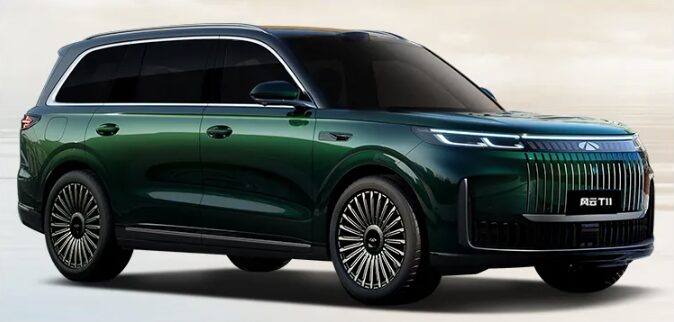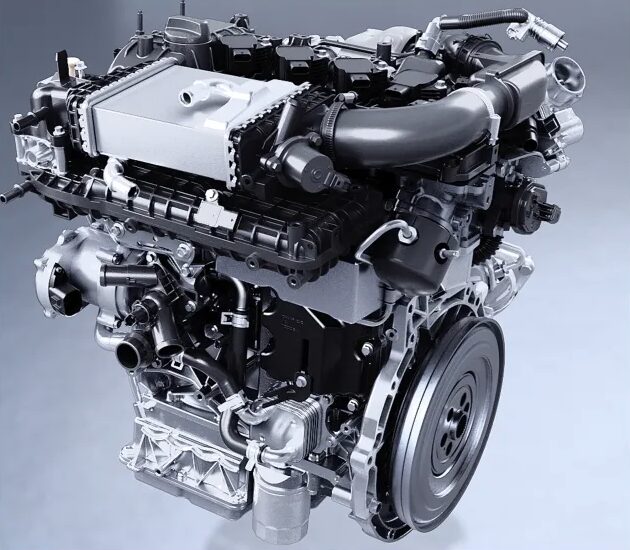Chery vs. The Enemy Within: Why China’s Export King Reorganized Its Entire Army for an IPO
From my vantage point here in China, watching the automotive industry is like witnessing a grand war unfold in real-time. And just recently, China’s export titan, Chery Automobile, executed a major strategic overhaul of its forces. It has consolidated its sprawling domestic operations into four specialized divisions—Xingtu, Aihu, Fengyun, and QQ—placing them all under the command of one of its top generals, Li Xueyong.
On the surface, this appears to be a logical cleanup ahead of a planned $1.5 billion Hong Kong IPO. But look closer, and you’ll see this is a desperate survival strategy. It’s an attempt to reorganize a scattered army to fight the enemy within—inefficiency and brand cannibalization—before it can truly take on the Goliaths like BYD and Geely, and prepare for its global conquest.
Why the “Major Surgery”? Three Wounds That Needed Healing
This restructuring wasn’t a proactive move; it was a necessary reaction to several self-inflicted wounds that were hampering its progress.
- Internal Cannibalization: Chery’s multi-brand strategy, once a strength, had become a liability. A prime example was its premium Xingtu brand’s SUV and the new energy-focused Fengyun’s T9 model targeting similar price points, effectively stealing sales from each other. A clear chain of command was needed.
- A Slow Transition to Electric: While Chery is China’s top exporter, its domestic portfolio is heavily reliant on combustion engines. In 2024, New Energy Vehicles (NEVs) accounted for less than 20% of its sales, a figure that pales in comparison to rivals BYD and Geely. To survive, it needed to pour every available resource into accelerating this transition.
- The Pressure of an IPO: An IPO demands a clear and compelling story for investors. Chery’s previous, somewhat chaotic brand structure made it difficult to assess the value and potential of each segment. This new, streamlined organization presents a much cleaner narrative to the capital markets.
The New Battle Formation: Chery’s Four Corps
To solve these problems, Chery has created four specialized corps, each with a distinct mission, reminiscent of a well-structured army.
- The Xingtu (Exeed) Corps (Premium Vanguard): This is the spearhead, tasked with conquering the high-end market (150k-300k RMB). Its mission is to elevate Chery’s brand image and compete directly with Geely’s successful Lynk & Co.
- The Aihu Corps (Main Infantry): Comprising the classic best-sellers like the Tiggo and Arrizo series, this is Chery’s cash cow. Its role is to defend the mainstream market (80k-150k RMB) and ensure a stable flow of revenue to fund the group’s more ambitious ventures.
- The Fengyun (Fulwin) Corps (NEV Special Forces): This is the core of the new strategy and where Chery’s future lies. This elite unit will focus exclusively on New Energy Vehicles, tasked with the critical mission of tripling its sales contribution. The recent hiring of a former BYD sales executive underscores the immense importance placed on this division.

- The QQ Corps (Micro-EV Guerilla Unit): This division will focus on small, affordable EVs like the QQ Ice Cream, targeting younger buyers and lower-tier cities to challenge the dominance of the Wuling Hongguang MINI EV.
Meanwhile, brands like Jietu, iCAR, and the Huawei-partnered Zhijie will continue to operate independently, acting as allied forces with their own unique partnerships and market niches.
The Supreme Commander and the Shadows of Risk
The weight of this entire operation falls on the shoulders of Vice President Li Xueyong, now the commander of all four domestic corps. He faces the monumental task of coordinating resource allocation while preventing the very internal friction this restructuring aims to solve.
However, this grand plan is not without significant risks:
- Dealer Network Backlash: Forcing dealerships to carry and service multiple, distinct brands under one roof could lead to inventory pressure and operational chaos, potentially straining relationships with crucial sales partners.
- The Technology Gap: While improving, Chery’s NEV technology still has ground to cover. The Fengyun E9’s range, for example, lags behind key competitors like the Zeekr 007, a persistent vulnerability in a tech-obsessed market.

Conclusion: A Calculated Gamble for IPO Glory and Survival
Chery’s restructuring is far more than a corporate reshuffle. It is a high-stakes gamble aimed at solving internal conflicts, accelerating its lagging EV transition, and presenting a coherent, compelling growth story for its IPO. Chery has redrawn its battle map and consolidated its forces for the war ahead.
Will this major surgery succeed in transforming Chery into a true global powerhouse, capable of challenging the likes of Hyundai or Volkswagen on the world stage? Or will the friction of integration cripple its momentum? The next moves by China’s export king will be watched closely by the entire automotive world.
Deeper Dive: Recommended Reading for Deeper Insights
For those who wish to gain a more profound understanding of the dynamics discussed today, here is a book I have personally vetted and recommend.
[Competitive Advantage: Creating and Sustaining Superior Performance by Michael E. Porter]
- Why it’s relevant: This book is the foundational text on corporate strategy, introducing concepts like the “value chain.” Chery’s restructuring is a real-world case study of a company reconfiguring its value chain. It is strategically separating its divisions to focus on different advantages: operational efficiency for the mass-market Aihu “corps,” and R&D/innovation for the Fengyun (NEV) and Xingtu (Premium) “corps.” Porter’s work provides the perfect theoretical framework for understanding the profound strategic logic behind Chery’s bold move.
- 👉 [Insert Amazon Affiliate Link]
This post may contain affiliate links from Amazon Associates, meaning I may earn a commission if you make a purchase through my link, at no extra cost to you.
My AI Jazz Project: